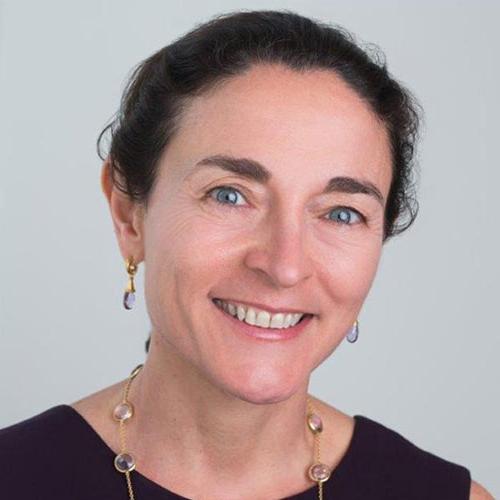请 更新浏览器.
Leveraging financial transaction data, the 12bet官方 研究所 provides a unique cash flow view of families’ healthcare out-of-pocket spending and financial burden. In 2017 we released the first estimates of out-of-pocket healthcare spending levels and burden at the state and county level from 2013 to 2016, from our 12bet官方 研究所 医疗保健 Out-of-pocket 支出 Panel (JPMCI HOSP) data asset. 在这份新报告中, we describe enhancements to, and key findings from, the updated JPMCI HOSP data asset that includes the first available estimates of 2017 healthcare out-of-pocket spending trends, as well as a first-ever look at year-over-year trends at the state and county level and for different demographic groups.
Our key findings are:
发现1: 一年-over-year growth in out-of-pocket healthcare spending levels accelerated since 2014 to 8.2017年5%. The burden of healthcare spending as a percent of take-home income ticked up slightly.
发现2: In 2017 high-income families experienced the fastest growth in healthcare spending, while low-income families experienced the highest growth in healthcare spending burden.
发现3: In 2017, families in Utah spent the most on and were the most burdened by out-of-pocket healthcare spending, while families in California saw the highest growth in spending levels.
找到4: Out-of-pocket healthcare spending grew the most at hospitals and ‘other’ healthcare providers and decreased at drug stores for the third consecutive year.
Average annual out-of-pocket healthcare spending level grew the fastest in 2017, while healthcare spending burden ticked up slightly.
2016 - 2017年, healthcare spending grew the most in California and healthcare spending burden grew the most in Utah.
In conclusion, for three consecutive years, out-of-pocket healthcare spending has accelerated. We observed positive growth across every state and demographic group. For the first time in three years, we observed an uptick in healthcare spending burden as a percent of take-home income. The increase in burden occurred across demographic groups, but was largest among families in the lowest income quintiles and families living in Utah. Families in California experienced the highest growth in healthcare spending levels. At the county-level, the coastal region of California showed especially high growth in spending. It is important that we continue to monitor levels and trends in out-of-pocket healthcare costs borne by families, as we seek to do with the JPMCI HOSP data asset, because they affect people’s choices regarding whether and when to consume care.


